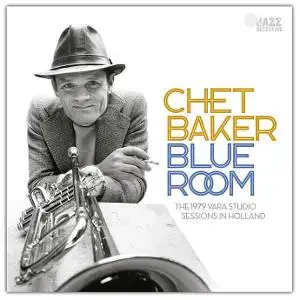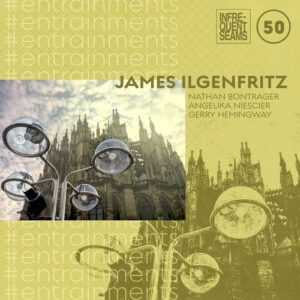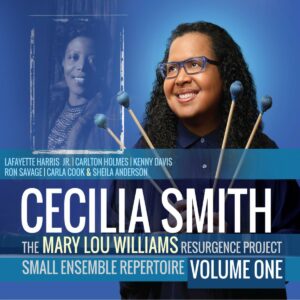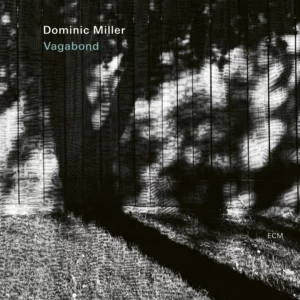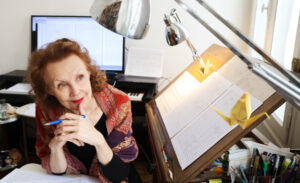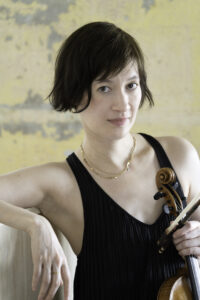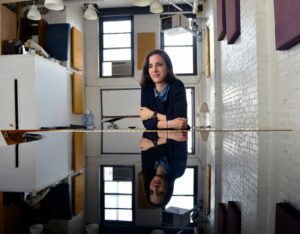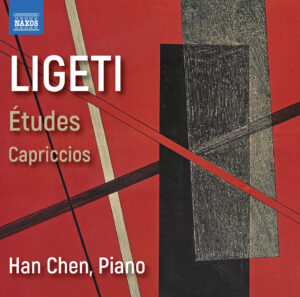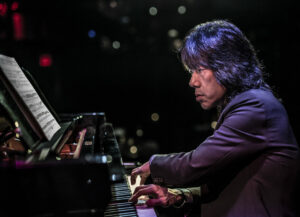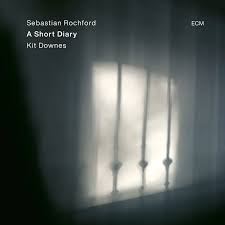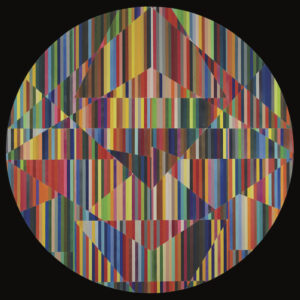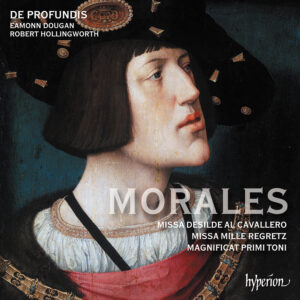Chet Baker
Blue Room: The 1979 Vara Studio Sessions in Holland
Jazz Detective 2xCD
A double CD (or limited edition vinyl, if you prefer) set of unreleased sessions from 1979 displays Chet Baker in fine form, both as a trumpeter and vocalist. These recordings were originally made at Vara Studio in Holland for Dutch radio broadcast. Baker is joined on Disc 1 by pianist Phil Markowitz, bassist Jean-Louis Rassinfosse, and drummer Charles Rice; the trio had been touring with him fairly regularly. They provide impeccable support. A particular standout is Rassinfosse, whose walking lines and soloing are creative contributions. Markowitz’s playing is distinguished as well, with tasty chord voicings and ebullient solos that provide a strong foil to Baker. Disc 2 includes two groups of supporting personnel: the group from Disc 1 on some of the tracks, and pianist Frans Elsen, bassist Victor Kaihatu, and drummer Eric Ineke on others. The latter group does stalwart work, but clearly have not had the benefit of significant musical acquaintance.
Disc 1 opens with “Beautiful Black Eyes,” by Lou McConnell and Wayne Shorter. Baker plays a florid solo. Markowitz responds with a chord solo that finishes with flourishes that resemble Baker’s lines. Markowitz’s solo on “The Best Thing for You” is a standout, boisterous and virtuosic. Baker and Rice trade fiery fours before the trumpeter repeats the tune to close. “Oh You Crazy Moon,” by Johnny Burke and Jimmy Van Heusen, is an ideal vocal vehicle for Baker, who sings and plays with exquisite phrasing and effortless high notes for good measure.
“Blue Room” is a well-loved Rodgers and Hart song, recorded multiple times by Baker (Madeleine Peyroux has also made a lovely recording of it). The ballad is played with a graceful cast, with both Baker and Markowitz embellishing the tune with chromatic extensions and playing with a cool demeanor. The Miles Davis composition “Down” is played by Baker with fleet scalar passages and peppery blues scales. The rhythm section keeps up a muscular groove, with Markowitz playing a forceful solo.
On Disc 2, Baker stretches out on his original “Blue Gilles,” creating a suave solo that takes its time percolating, but is filled with expressive playing that ultimately reconnoiters the upper register in faster note values. Markowitz also takes a gradual approach, ending an ostinato passage with a flourish. Rassinfosse then begins pressing forward in his solo turn, providing a good contrast to the others. Baker’s final cadenza begins with bits of riffs and ends with a long held line.
The Miles Davis tune “Nardis” follows. Baker presents a West Coast version of the tune. Markowitz puts a little bit of bite in his comping. Rassinfosse and Rice too are quite assertive.“Luscious Lou” is a medium swing instrumental on which Baker exercises his high notes and leans into blues thirds.
“Candy” is a vocal number, written by Mack David, Alex Kraimer, and Joan Whitney. Baker would record it again in a trio date released in 1985. His signature croon imitates the swinging solo to follow. “My Ideal” is also a vocal, here the singing more reserved than the ensuing trumpet solo.
The recording concludes with a show tune, “Old Devil Moon” from Finian’s Rainbow by Yip Harburg and Burton Lane. The most uptempo tune on the dates, it is given a bit of bebop swagger in an extended solo by Baker.
These sessions feature some of Baker’s favorite songs, but in fresh and often inspired renditions.
-Christian Carey
